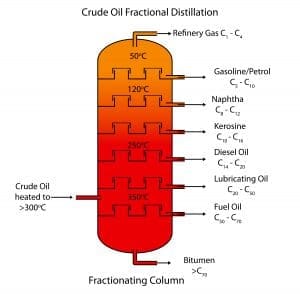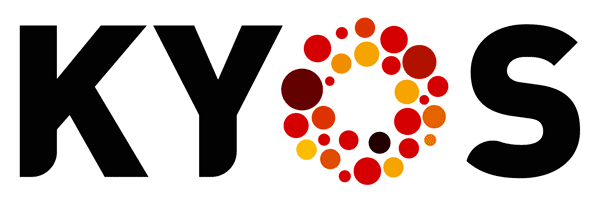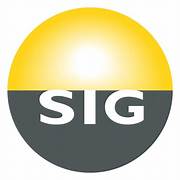Transport
In transport and dredging the costs of the fuel component are significant. By adding fuel price adjustment clauses in contracts, you pass on the commodity price risk to the contractors. In most companies, it is the treasury department that takes care of fuel risk management.
Transport companies cannot always pass on the effect of rising fuel prices. Companies have to accept partial floating price risks. These companies need to determine an acceptable risk and hedge the remaining exposure. Calculating and managing these risks and exposures are often performed in Excel. Airlines, shipping companies and large transporters can use KYOS portfolio & risk management system to calculate the cashflow-at-risk before entering into financial hedges with banks.



Cost savings – KYOS portfolio & risk management system
In the KYOS portfolio & risk management system users are able to store globally sourced fuel contracts. Cash-flow forecasting becomes an automated process as the system links multiple fuel indexes to multiple price sources. Cash-flow forecasting becomes an automated process consuming considerable less time than an Excel based analysis. This results in significant lower costs with less time and less resources spent.
Excel has proven to be a pitfall for many companies in terms of costs, mistakes, hidden risks and potential fraud. Likewise ERP systems such as SAP look backwards instead of to the future and cannot perform the required risk management calculations. The KYOS portfolio & risk management system captures years of experience in managing risks of fuel contracts and market price volatility, leading to effective hedging strategies.
Managing cash-flow variance
The higher and more frequent market prices move up or down the higher its volatility. Volatility is often expressed in a percentage and can be calculated for e.g. interest rates, currencies (FX) and commodities. A highly volatile market price is not per definition a bad situation but you probably feel more comfortable with less volatile costs. For example GasOil has shown an average volatility above 20% in recent 5 years. This is more than double the volatility of EURUSD in the same period. Therefore calculating the volatility should be an integrated part of your fuel risk management strategy.
The system combines your projected positions with automated market price analytics. It will provide you with clear insight in the current cash-flow and potential cash-flow variance versus management expectations. As a result, you will have a better insight in project cash-flows and the associated risks. Another advantage is that avoidance of unexpected cash-flow movements will add value to your organization.
Fixed or floating prices – Fuel risk management
Procurement needs to find a balance between fixed and floating prices. The KYOS portfolio & risk management system will help you to find your “risk and reward” optimum by simulating multiple cash-flow variances. It will also provide you with clear insight in the potential project cash-flows given any variance between fixed and floating prices. Moreover, you will build your fuel risk management policy on sophisticated calculations combined with your market experience.
In short: improved fuel risk management starts by managing your cash-flow variances and will subsequently lower your required working capital.
Solutions
Multi-commodity risk management
Trusted by organizations all over the world
Other Industries
Renewables
Sources of renewable power or green energy are the future. KYOS helps you with valuing your solar, wind, battery or pumped-hydro energy assets, as well as your (renewable) power purchase agreements (PPAs).
Read more ›Power
Where are power prices going? What is the value of my power station or contract? How can I trade in the market to reduce electricity price risks? KYOS analytics provide answers.
Read more ›Natural gas
Natural gas portfolio management is all about managing price and volume risks. KYOS helps to optimize natural gas storage and swing contracts, and trade in the markets to maximize the flexibility value.
Read more ›





















































































